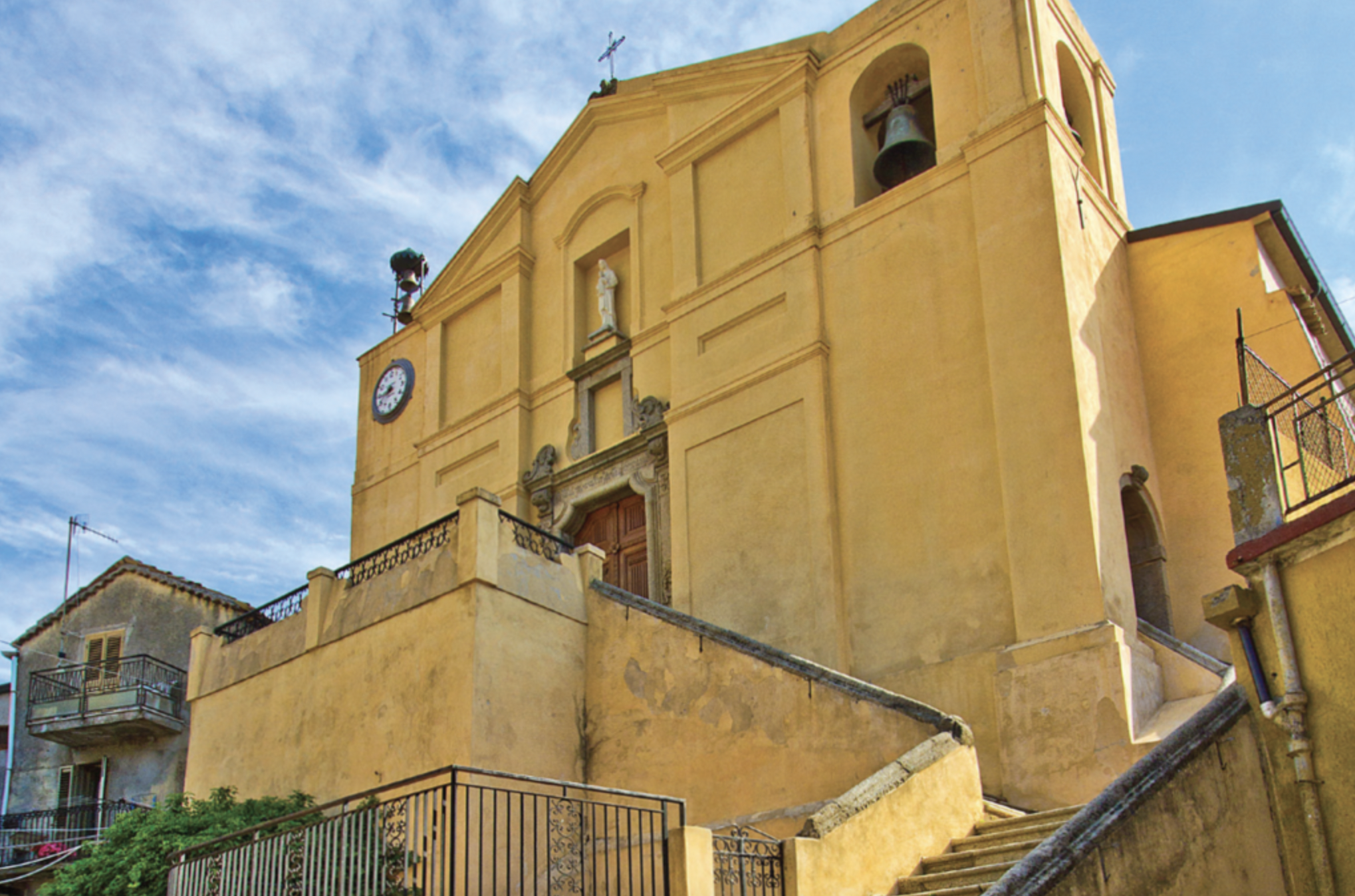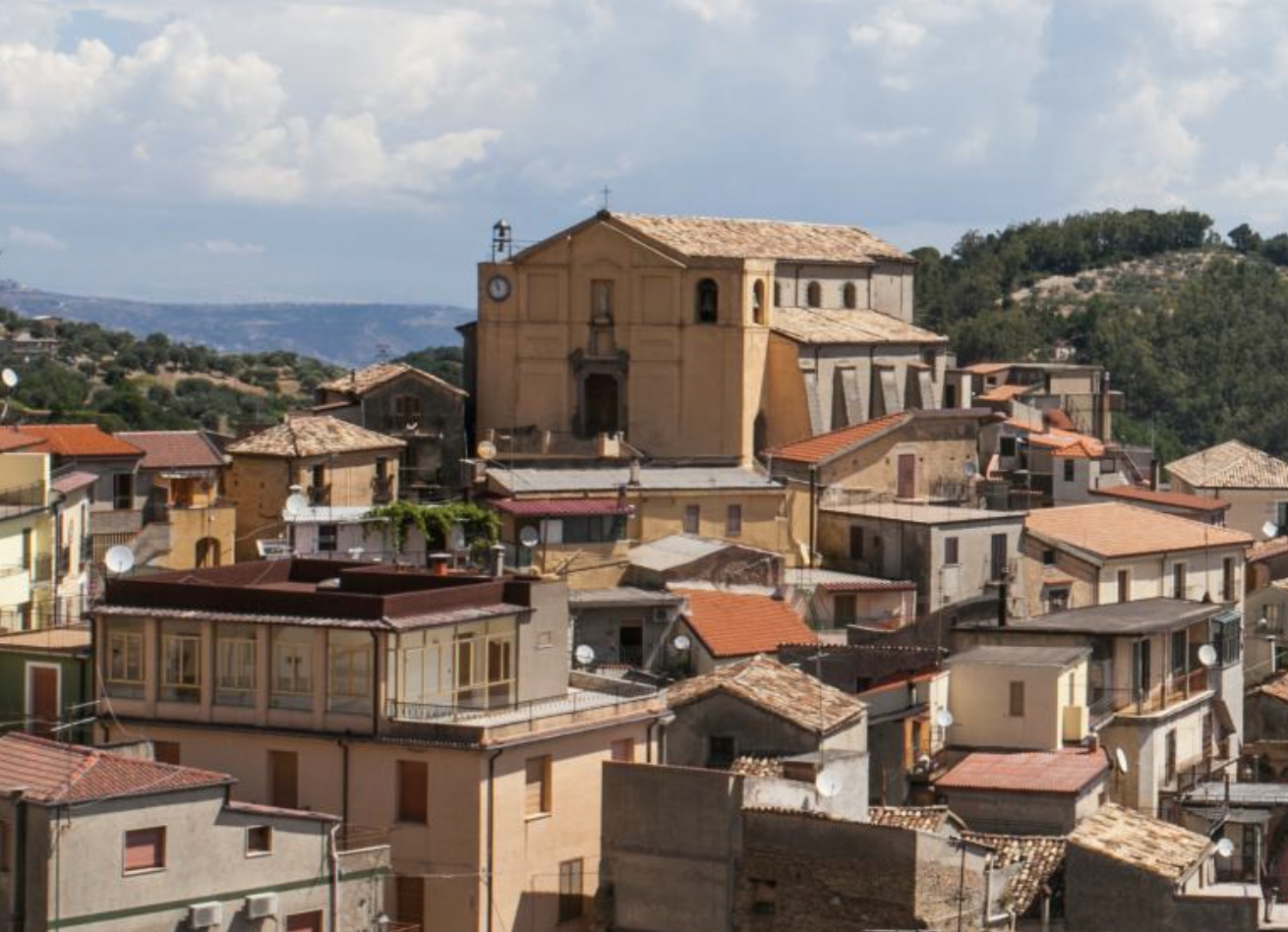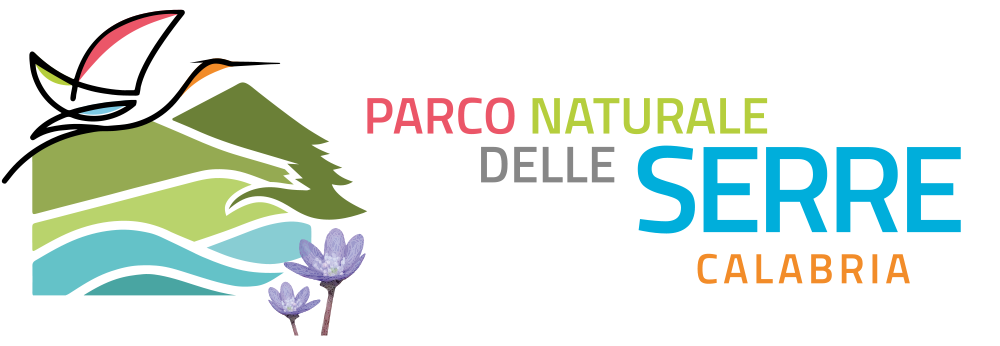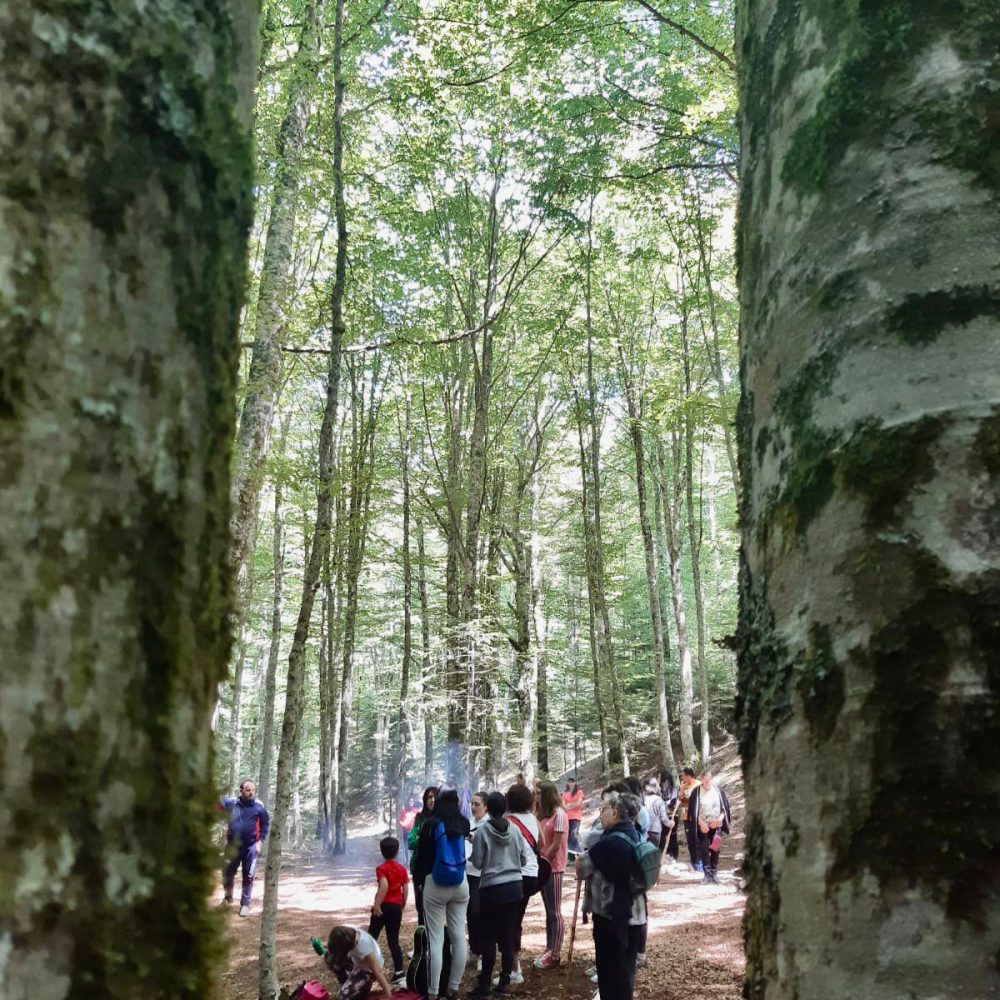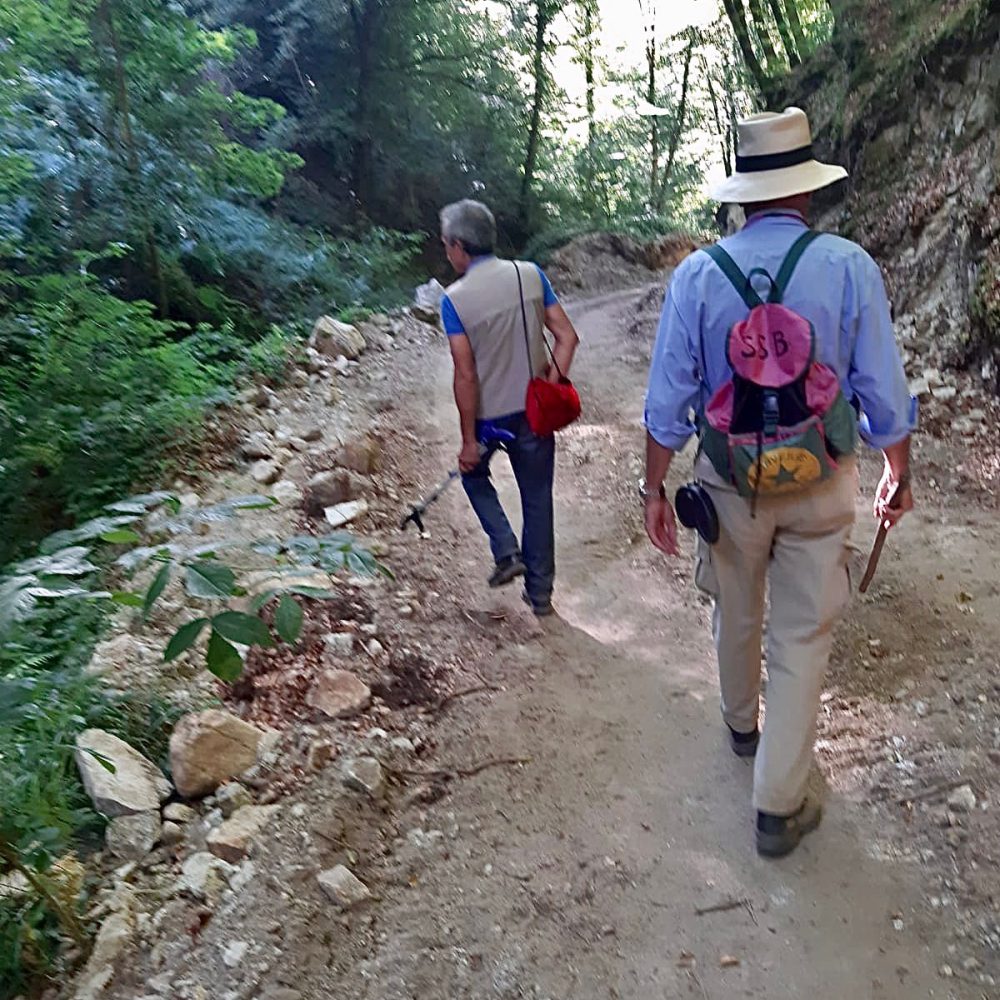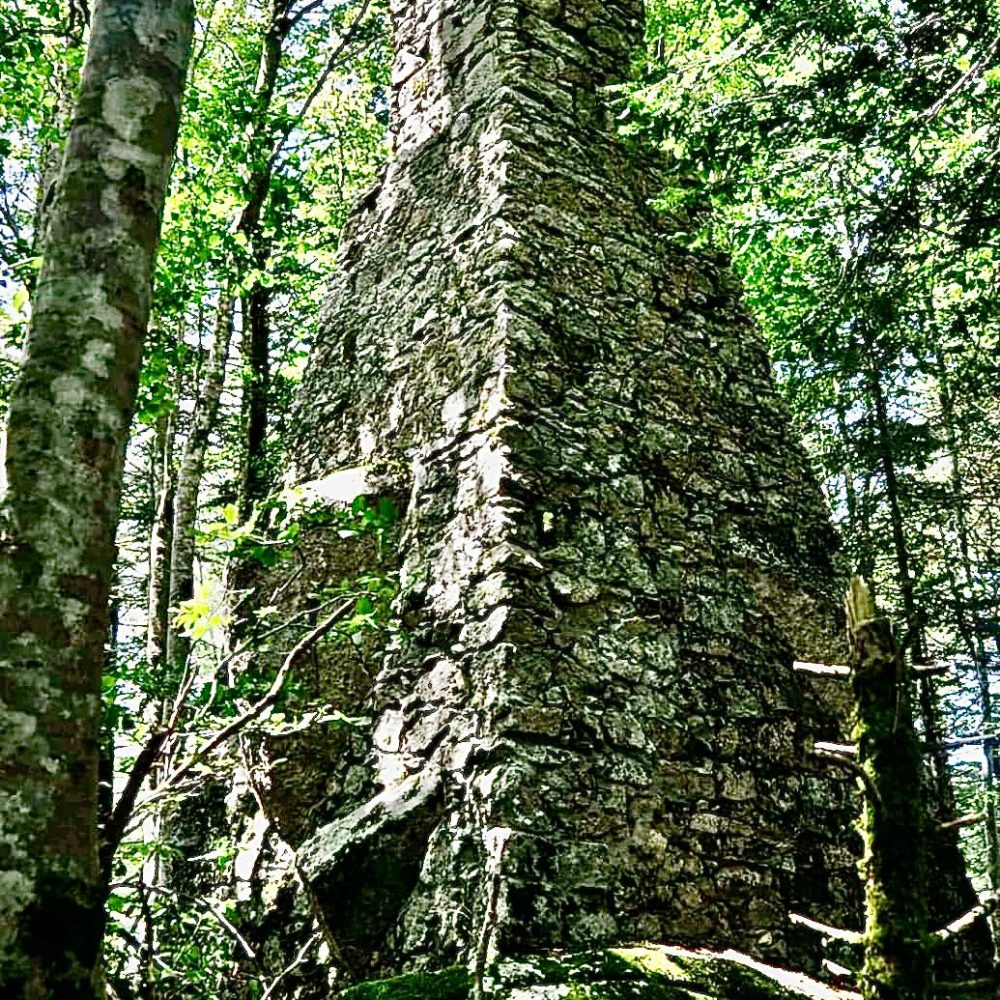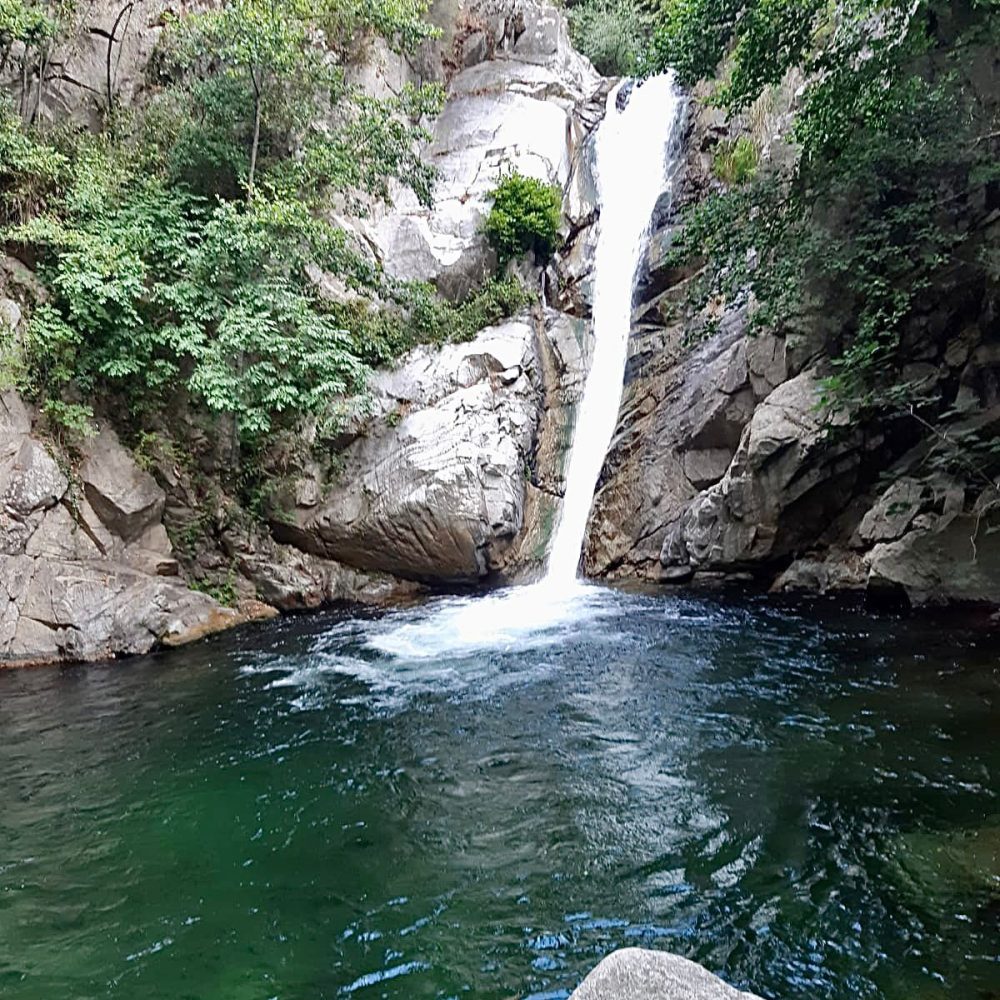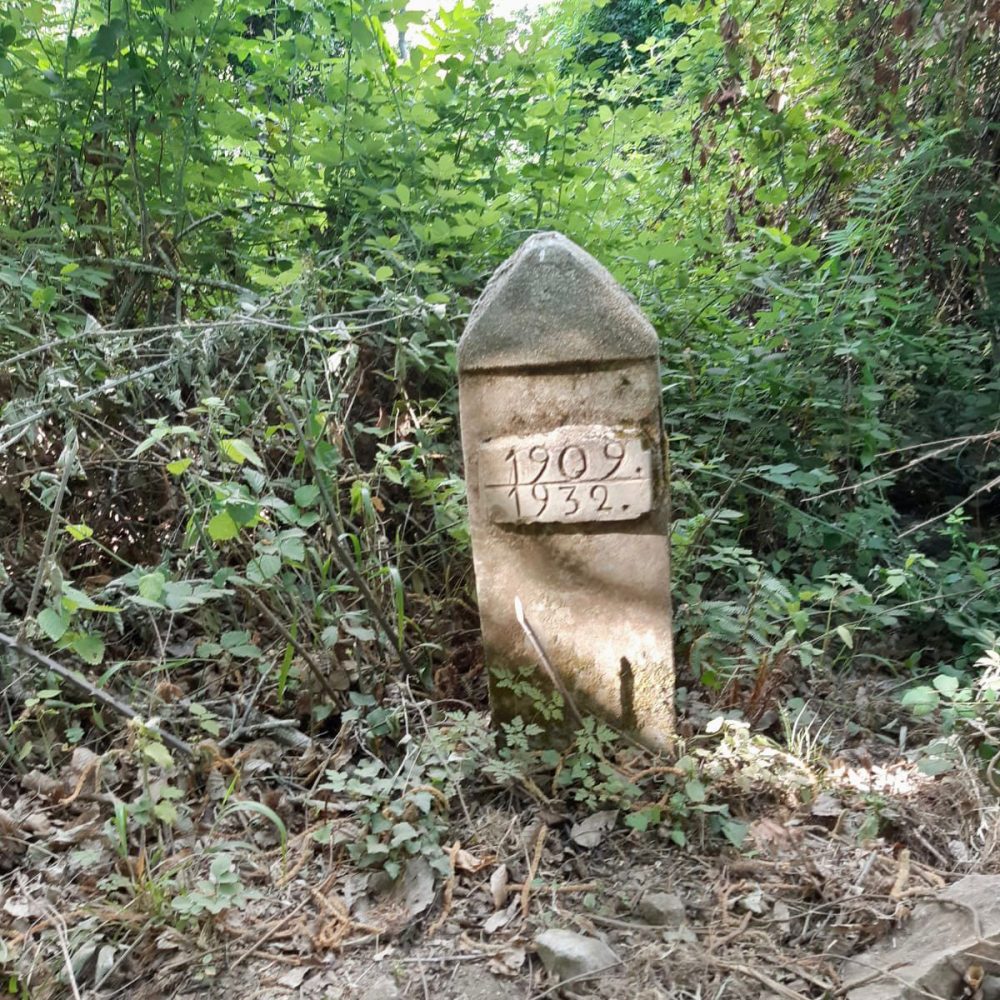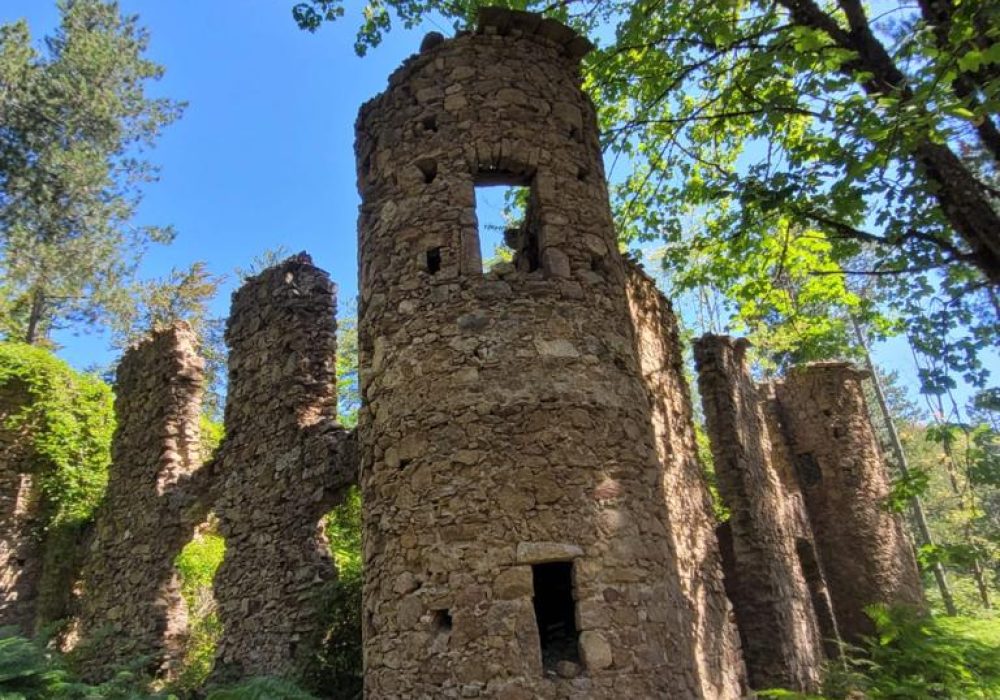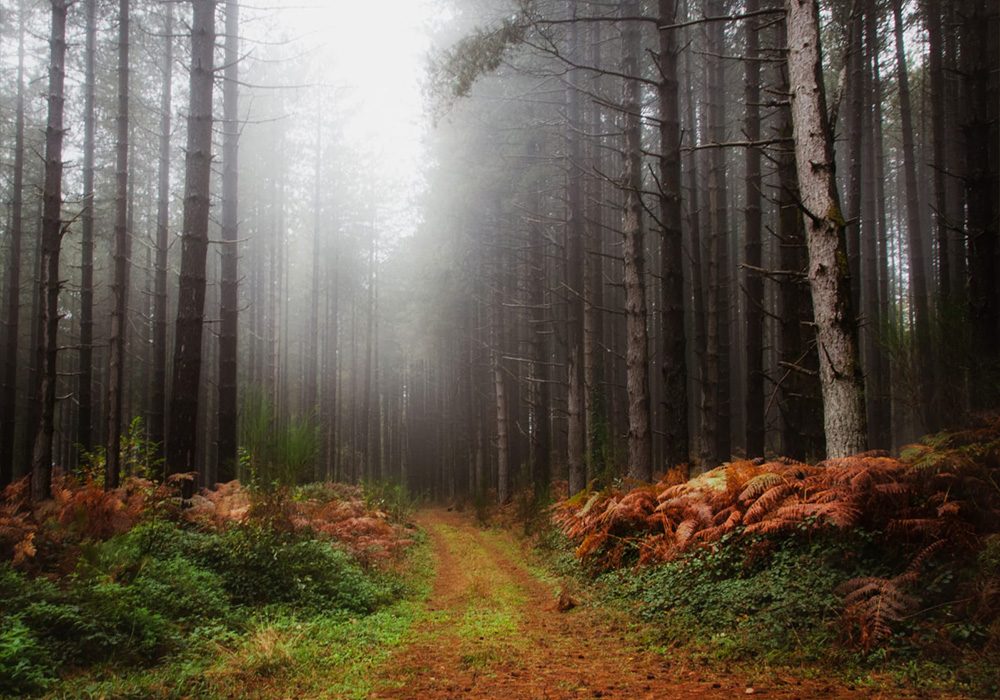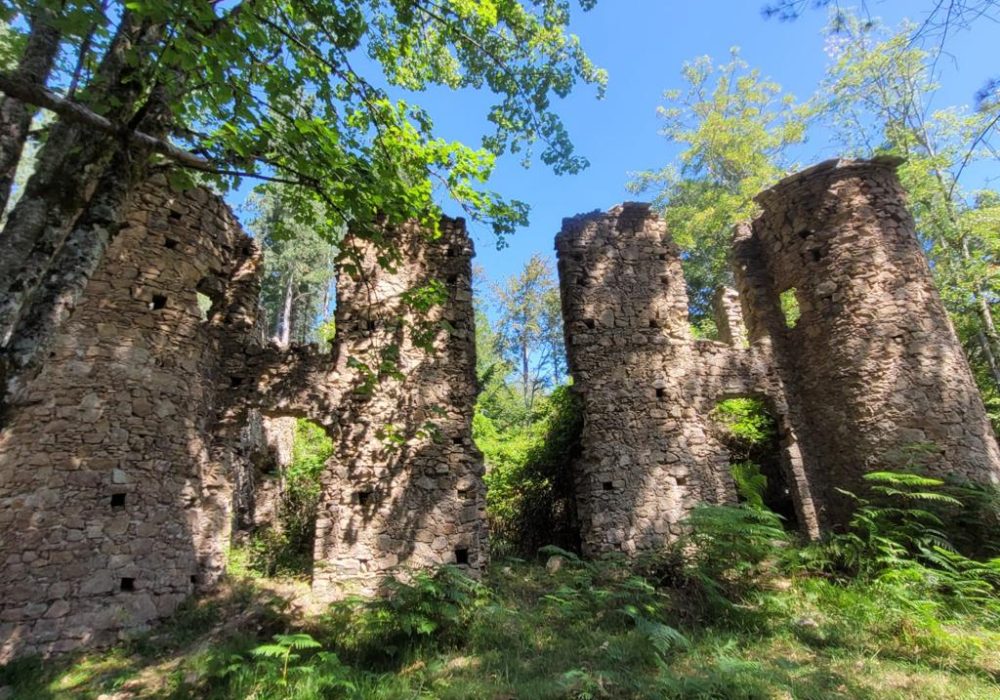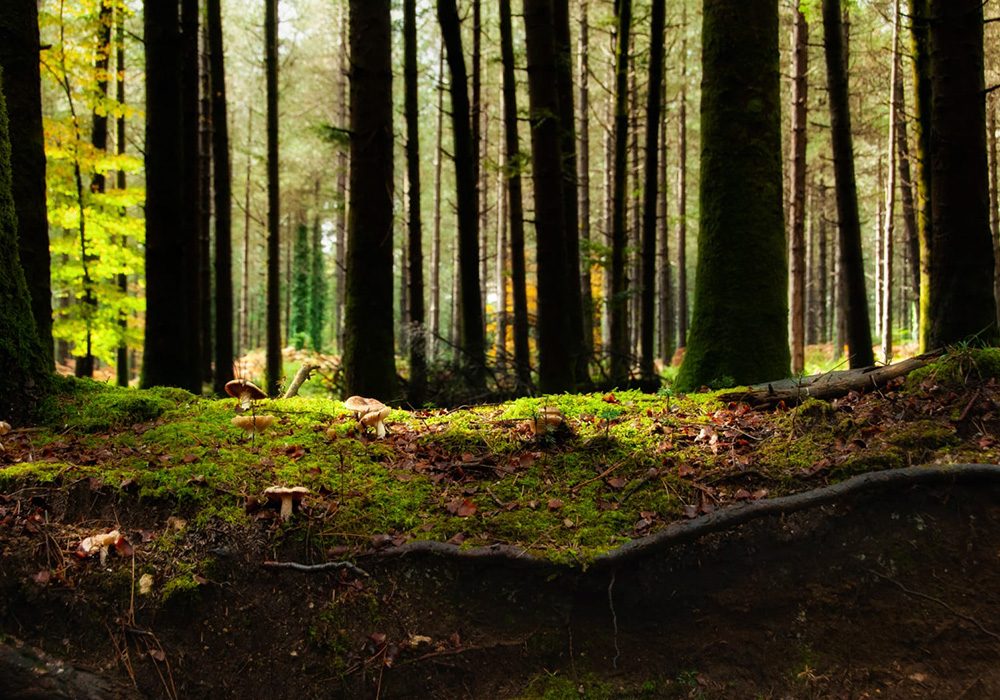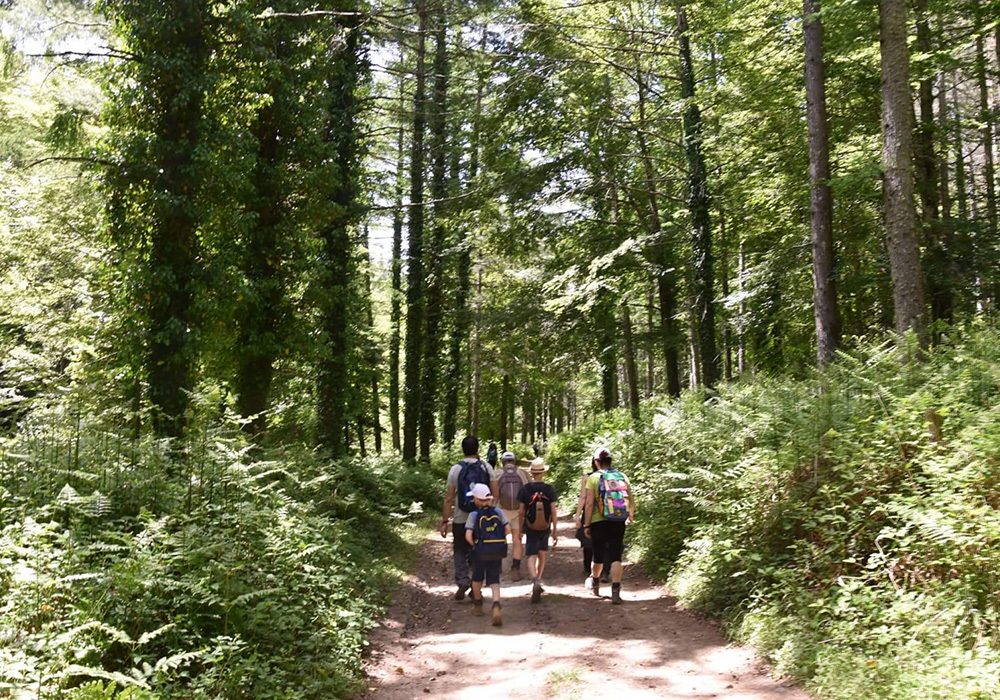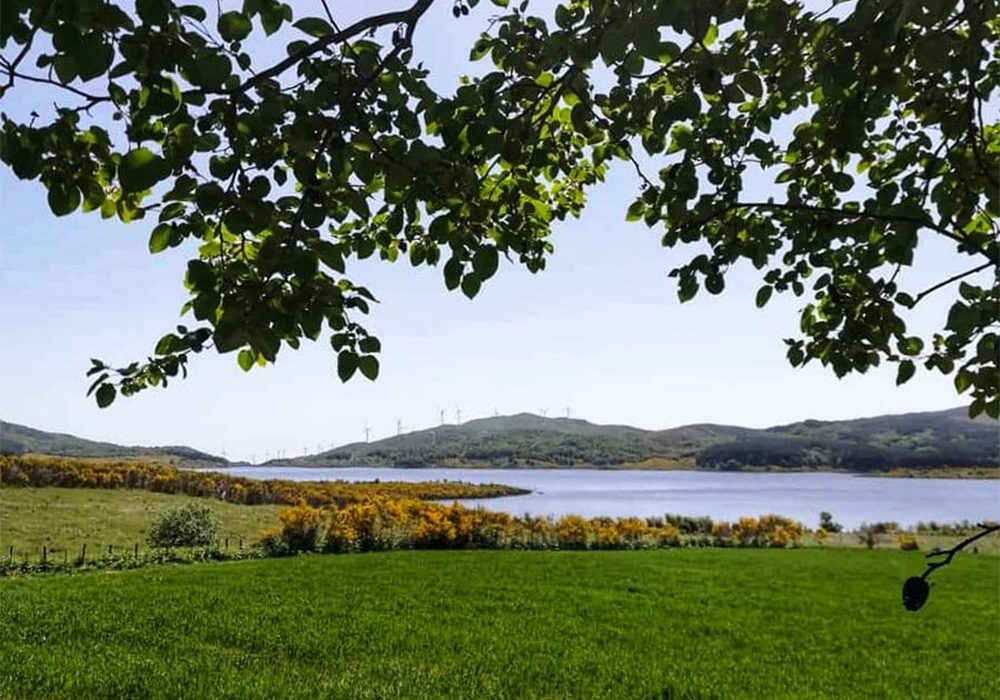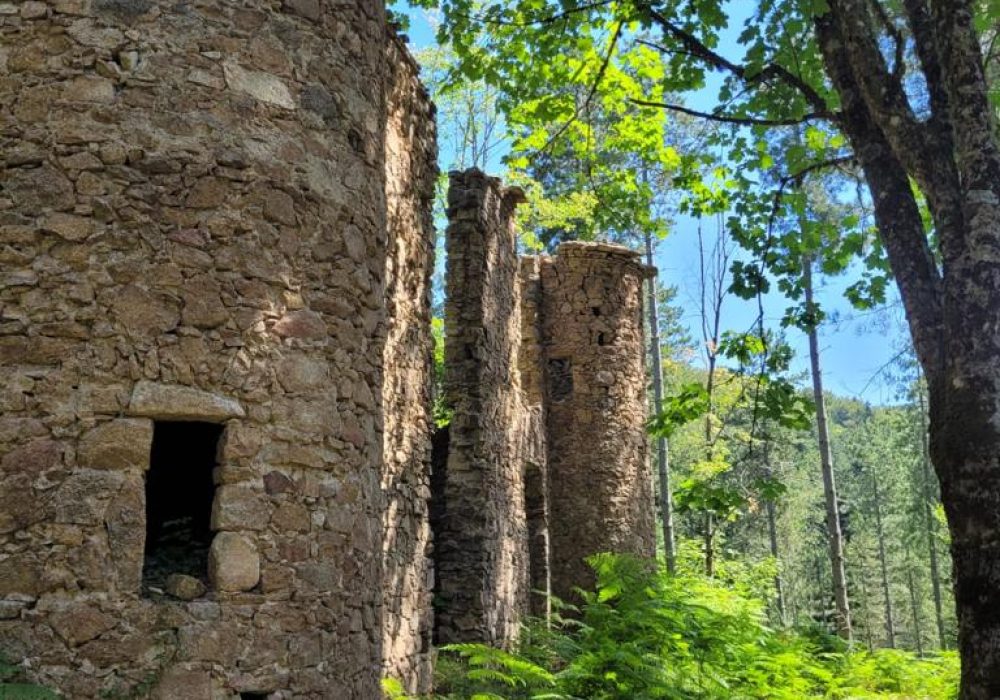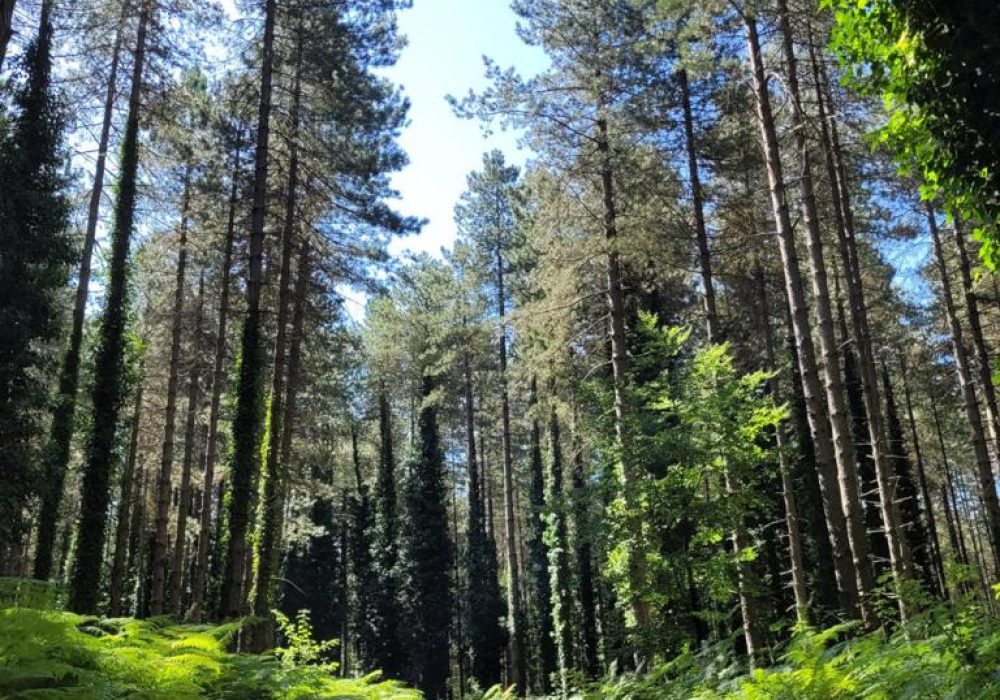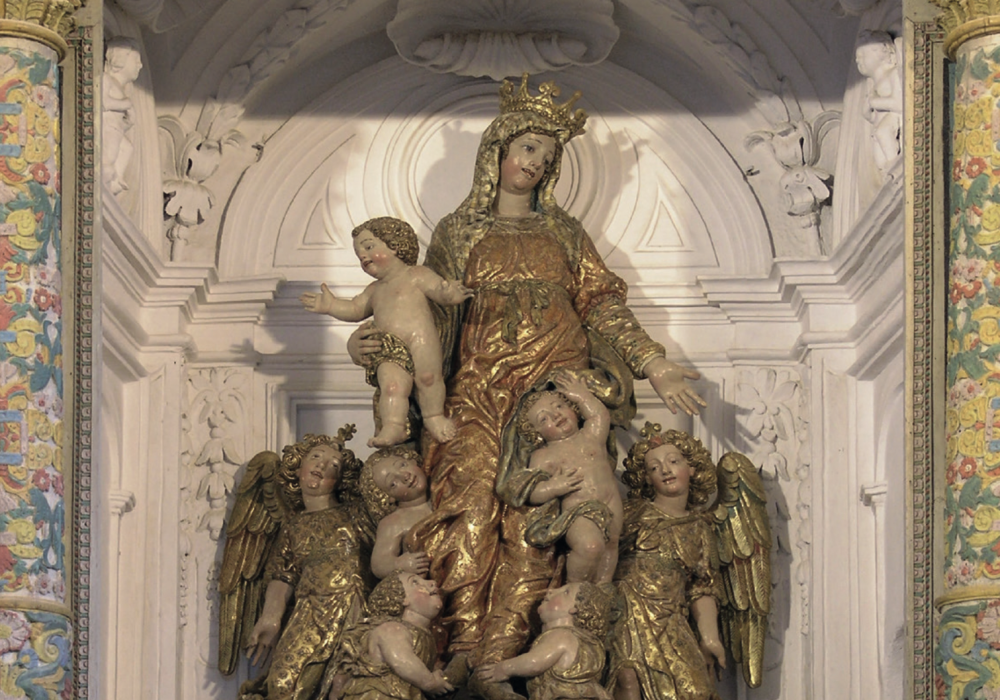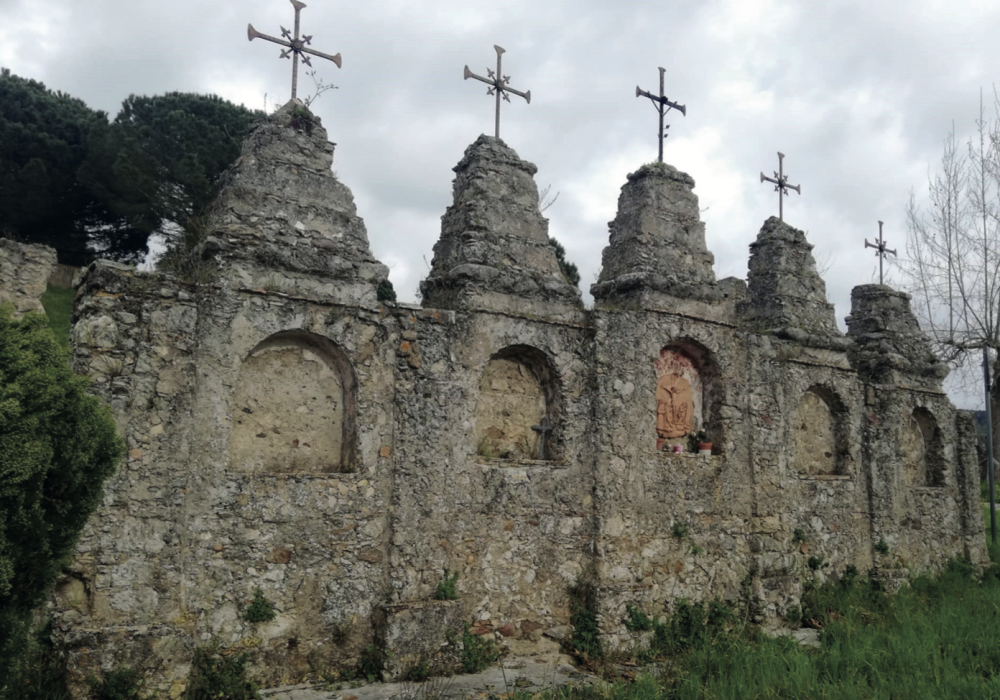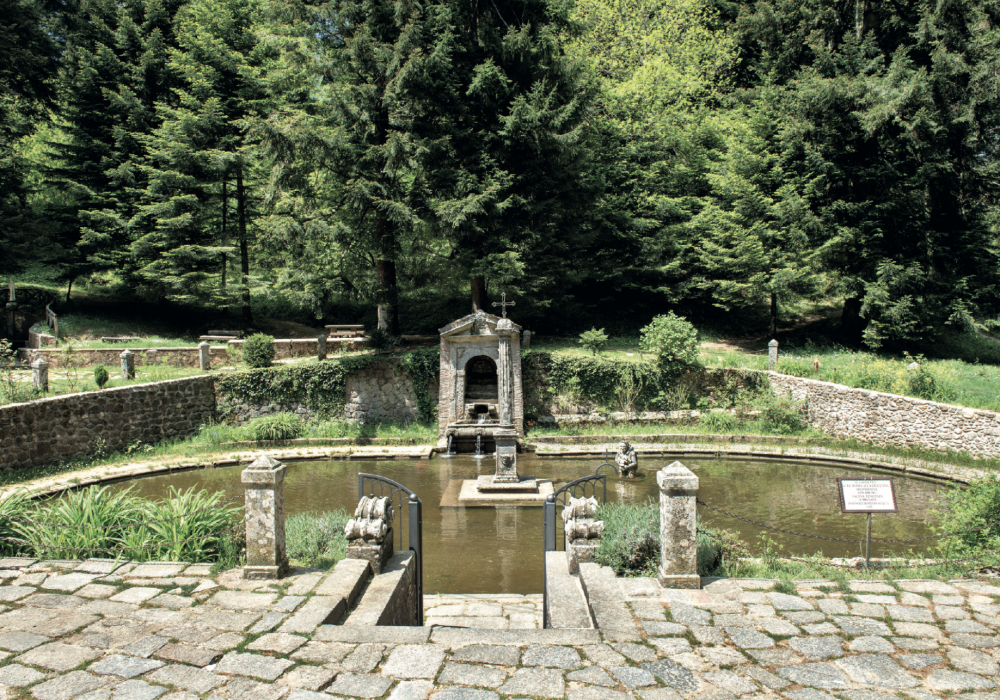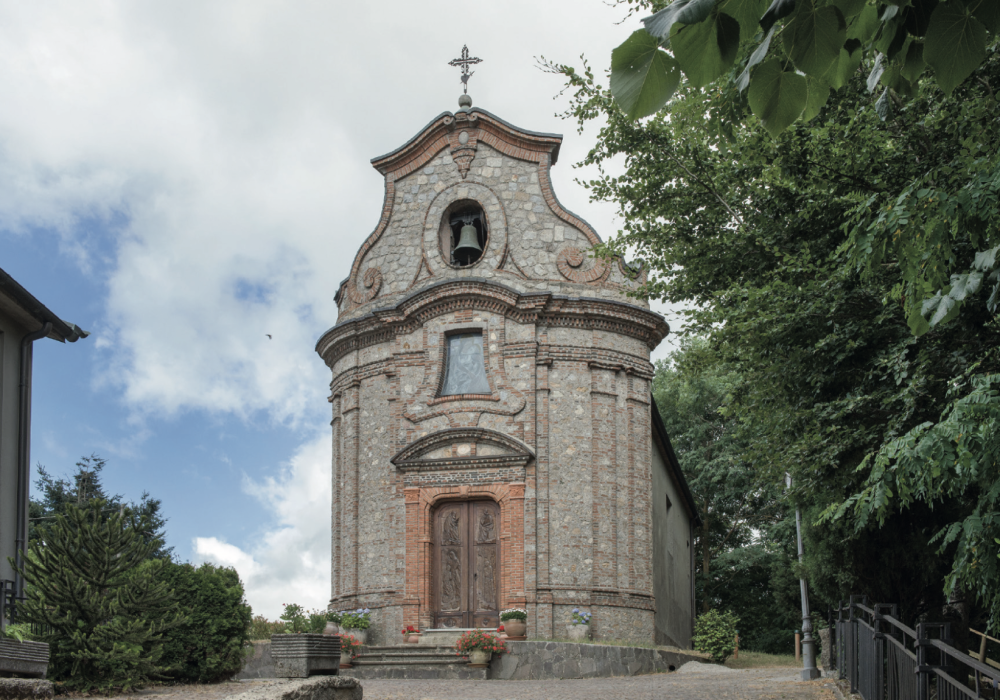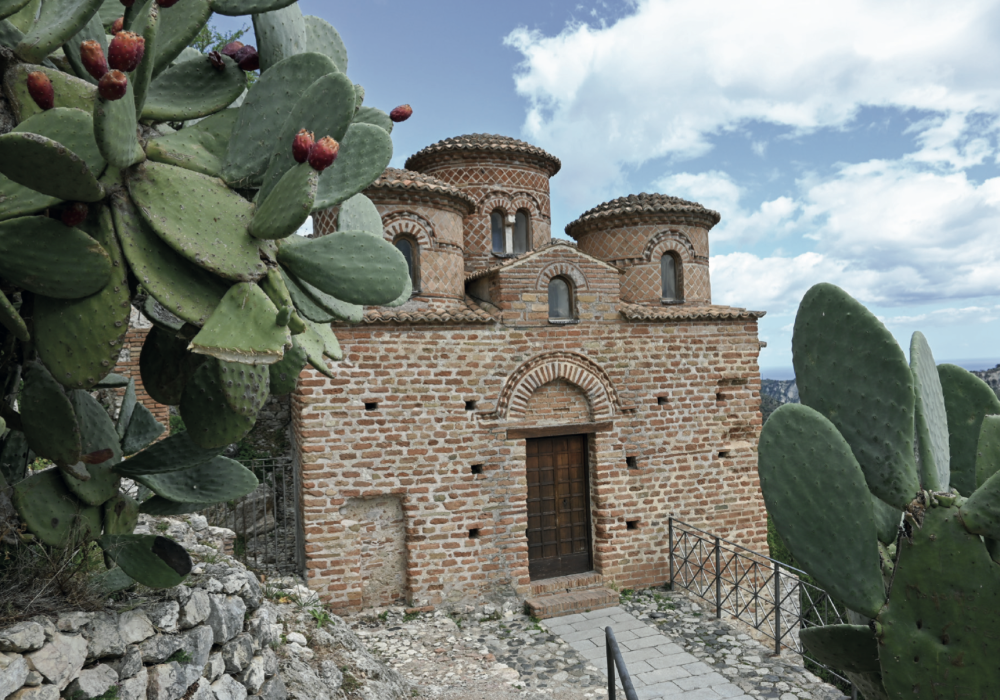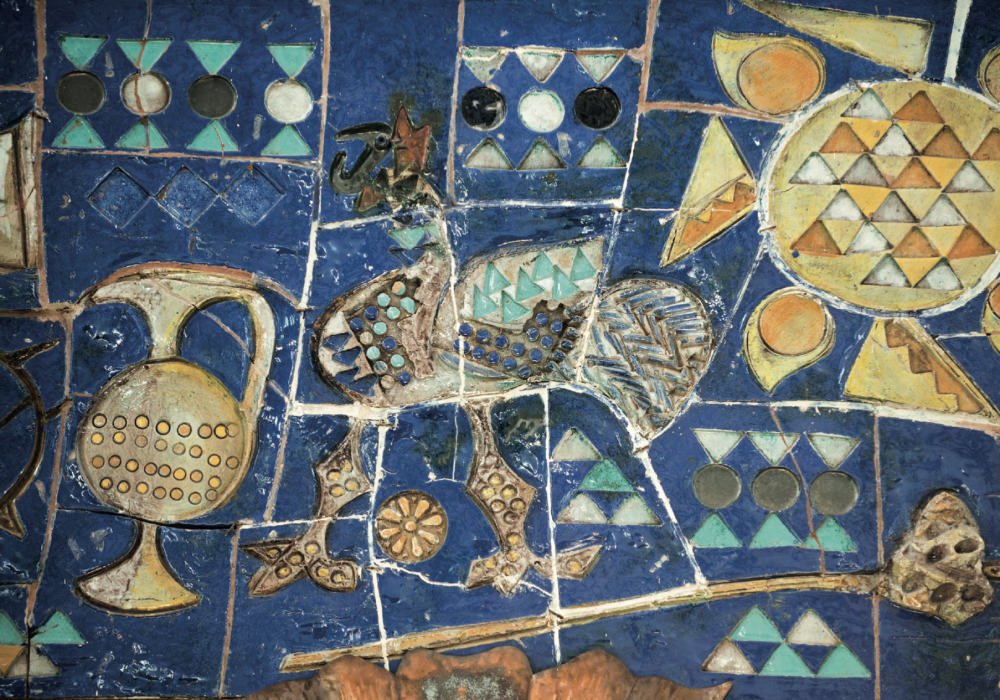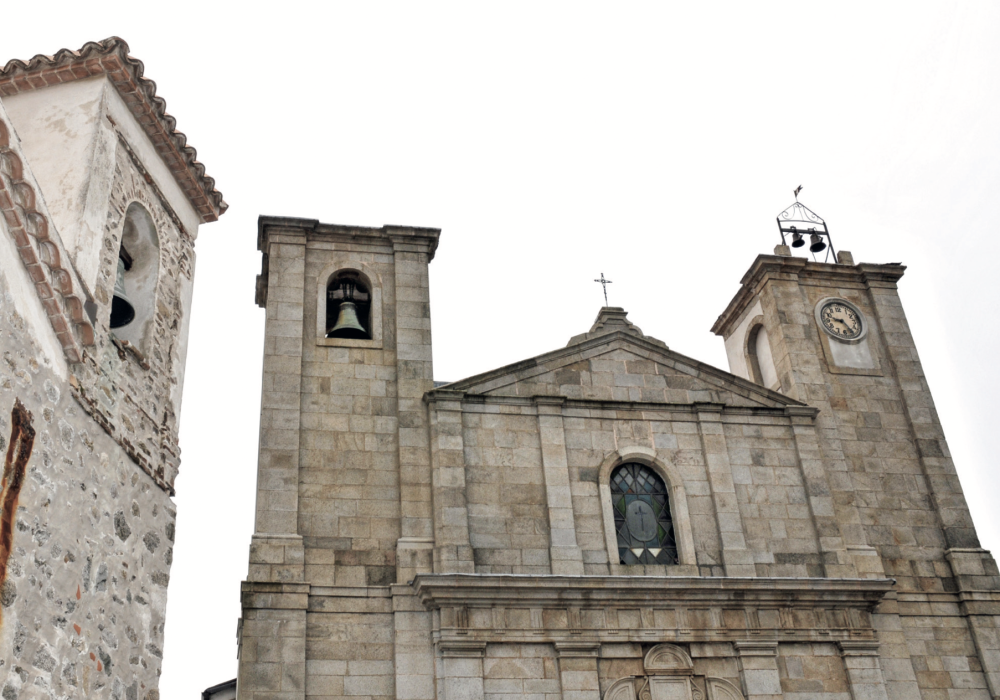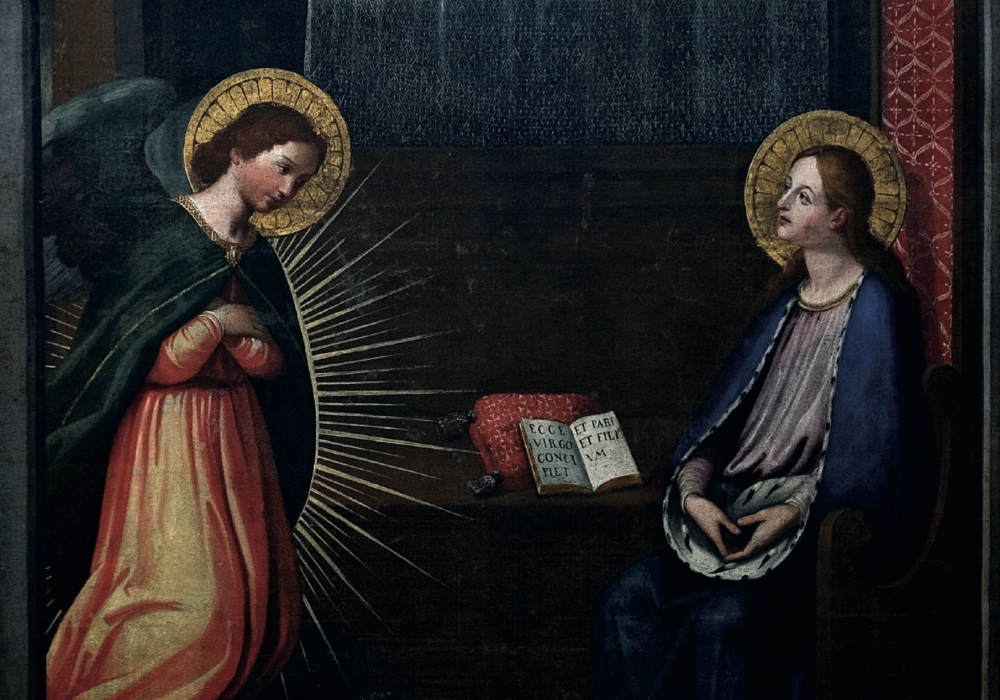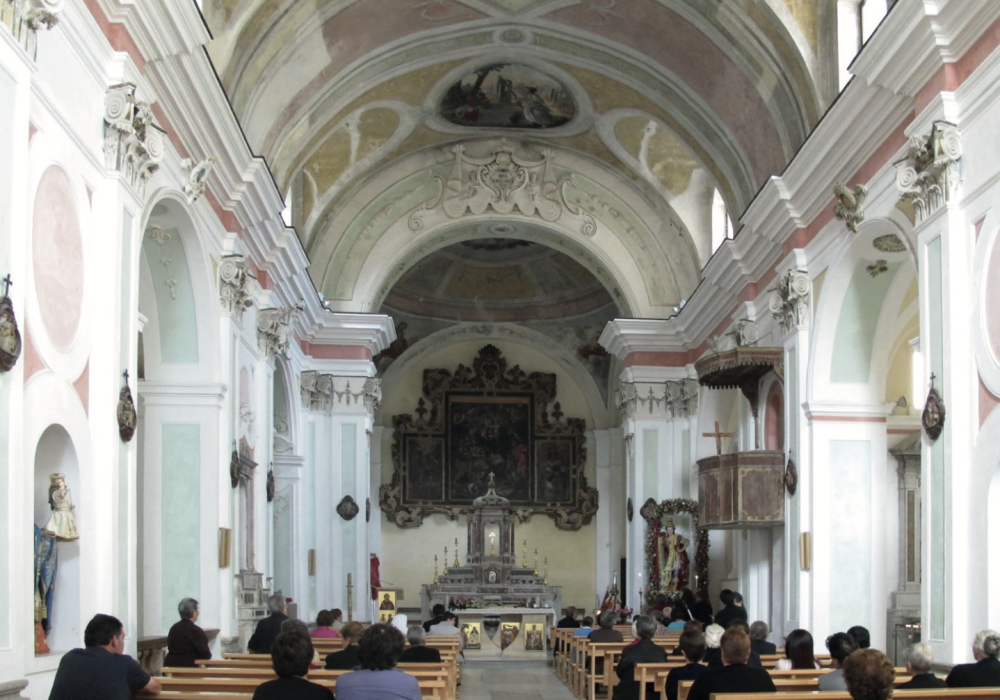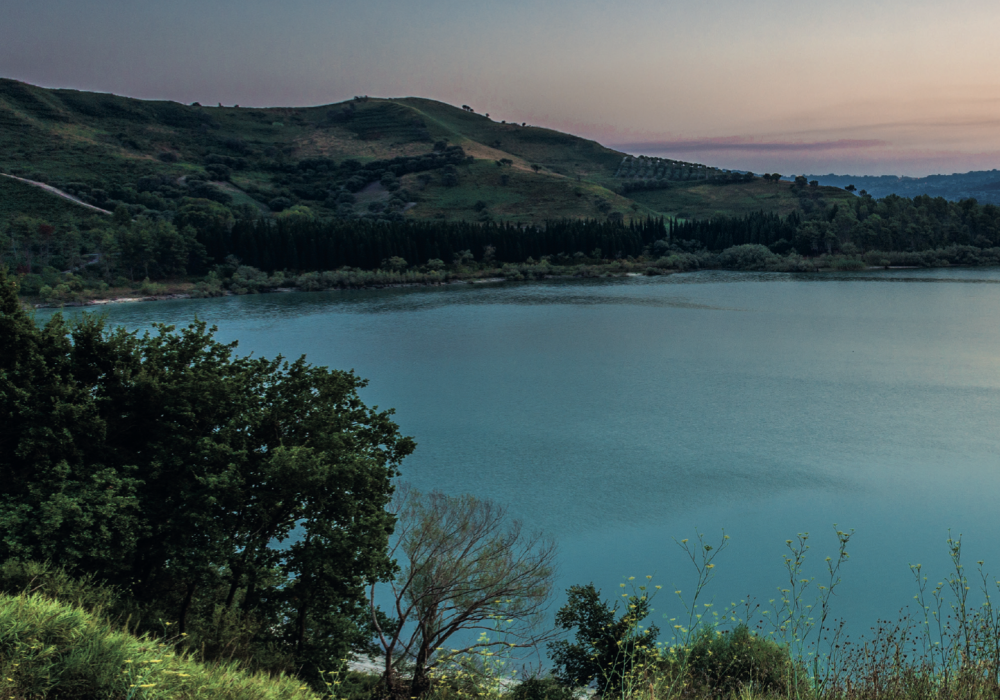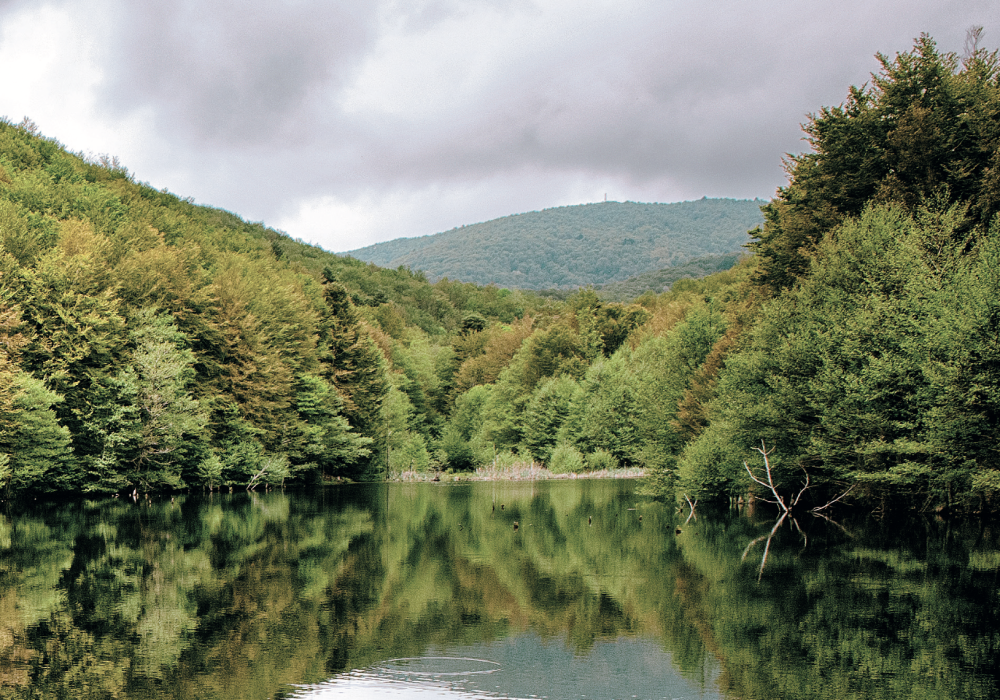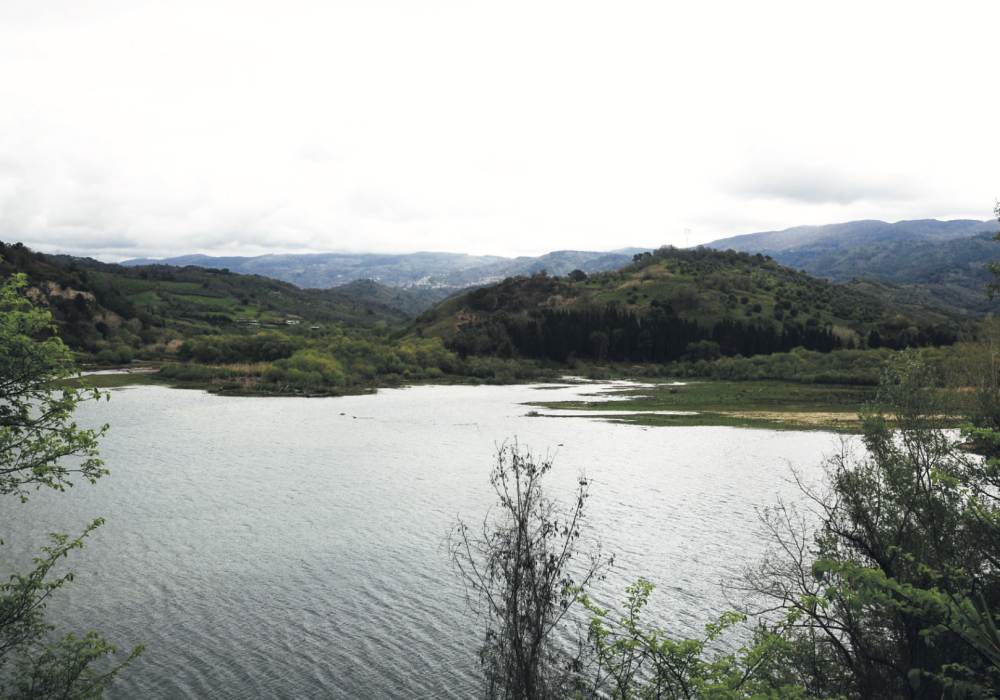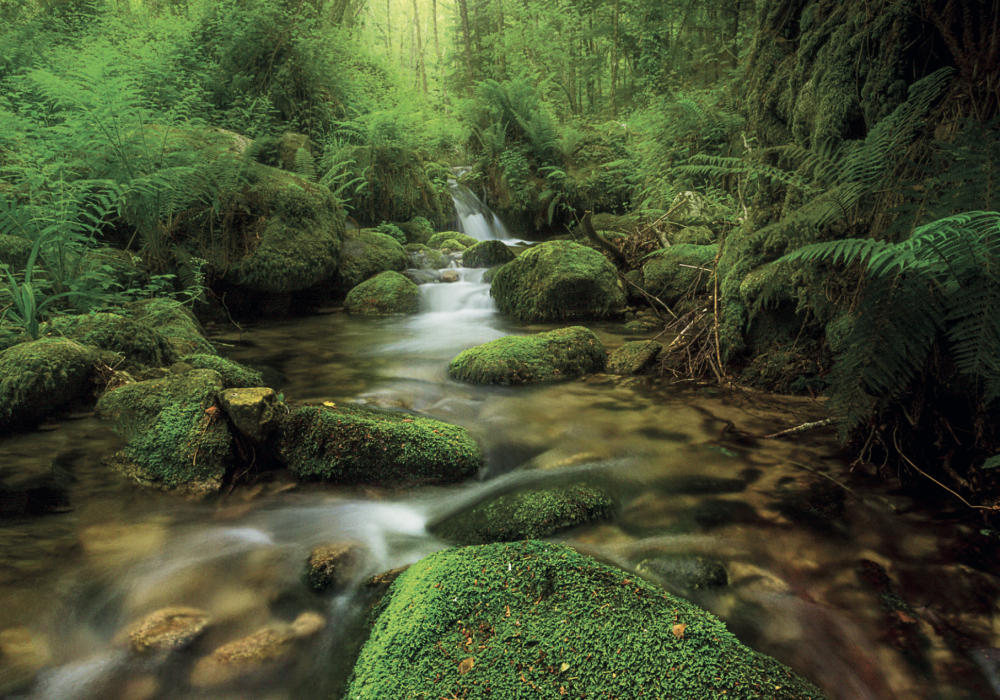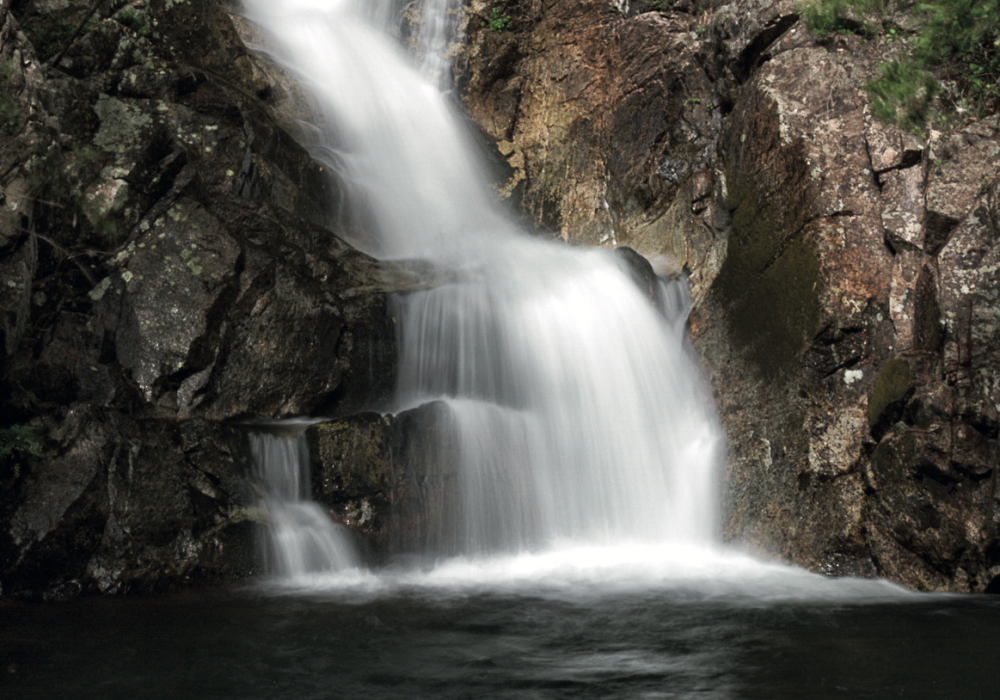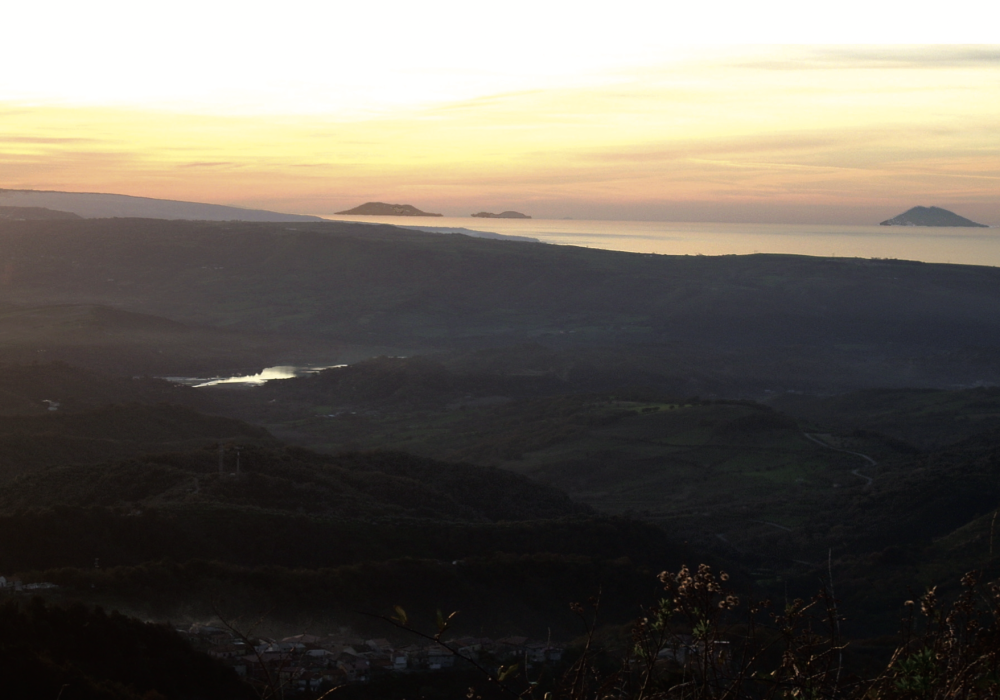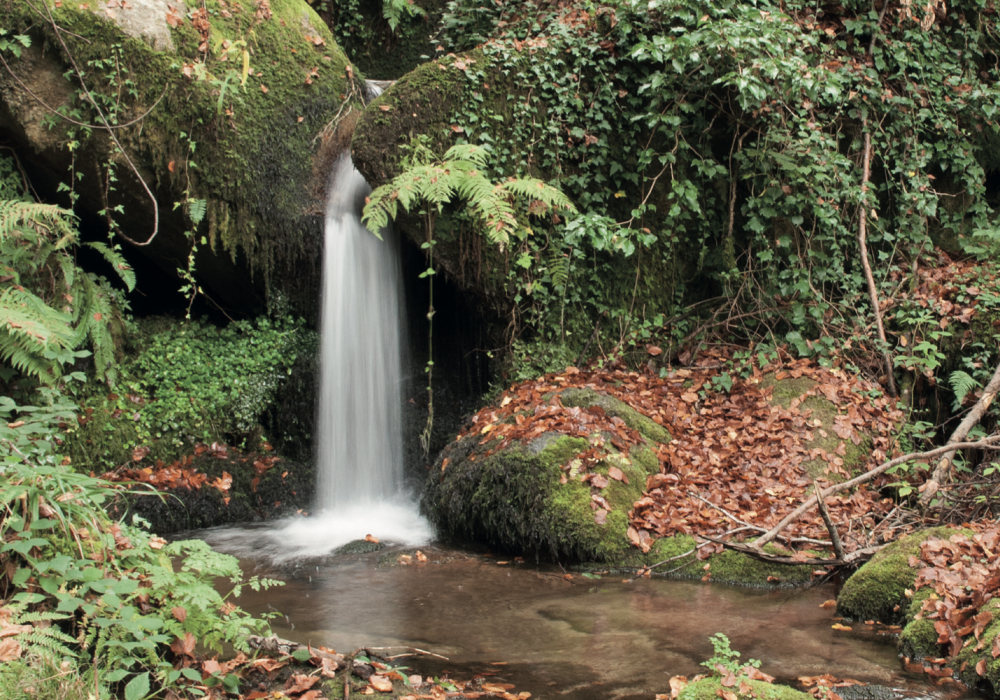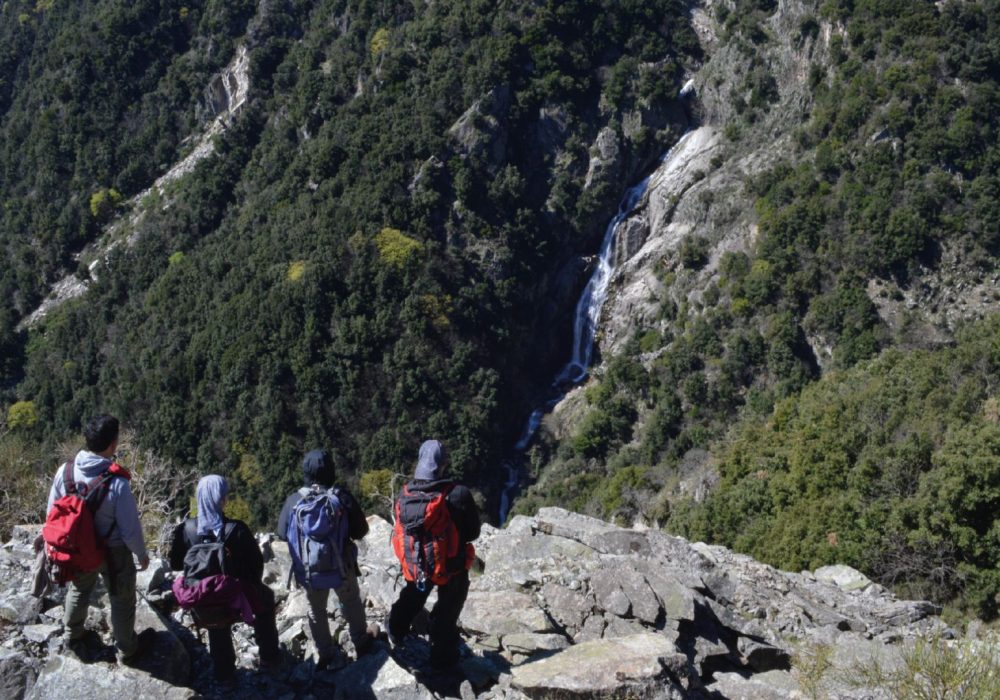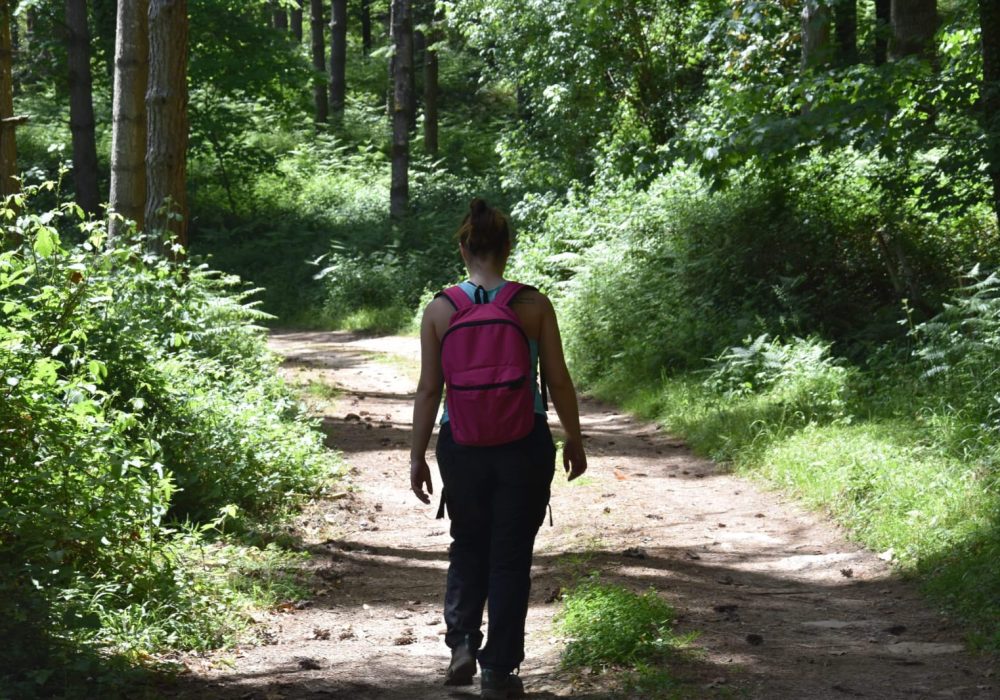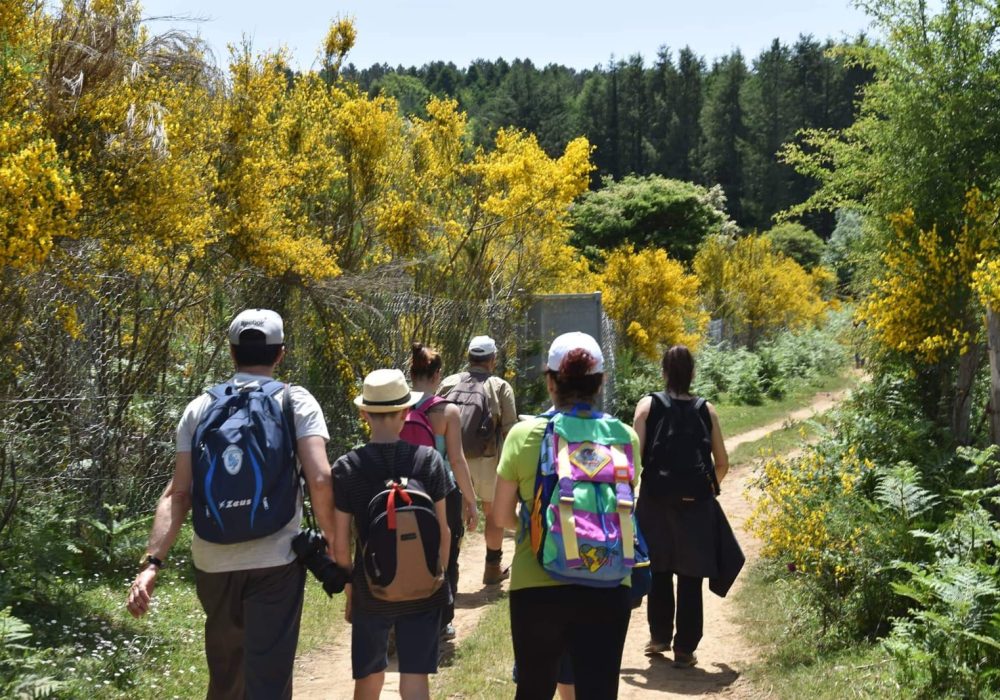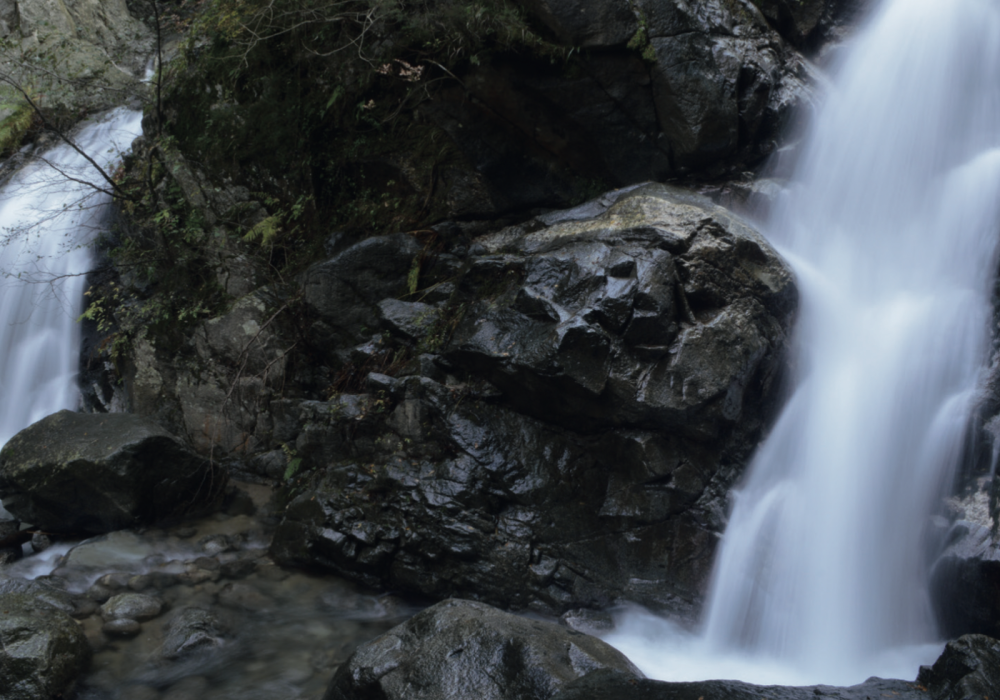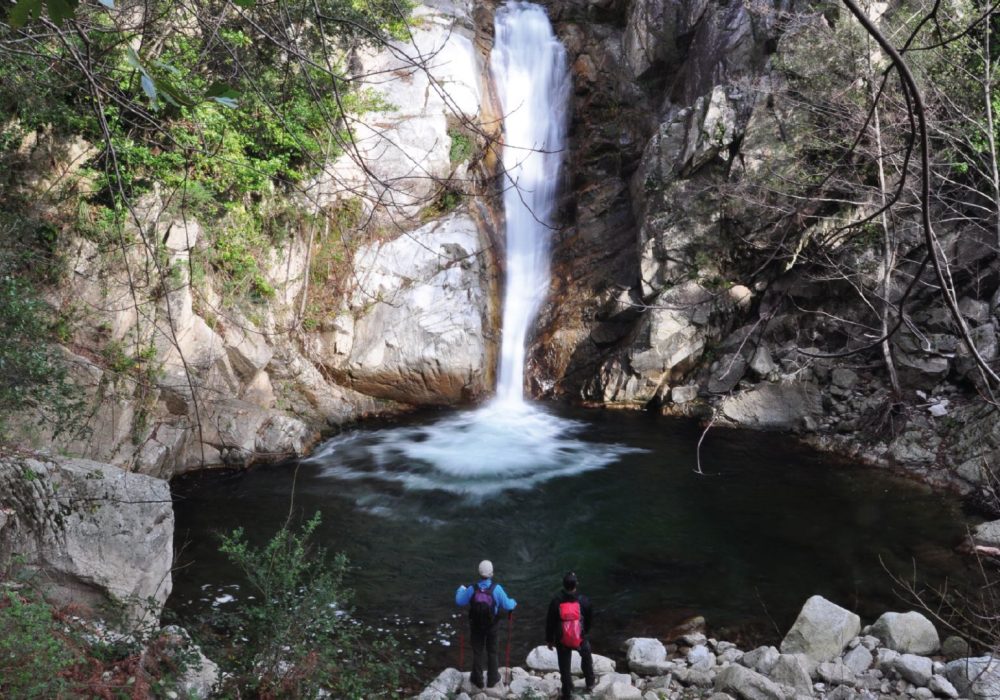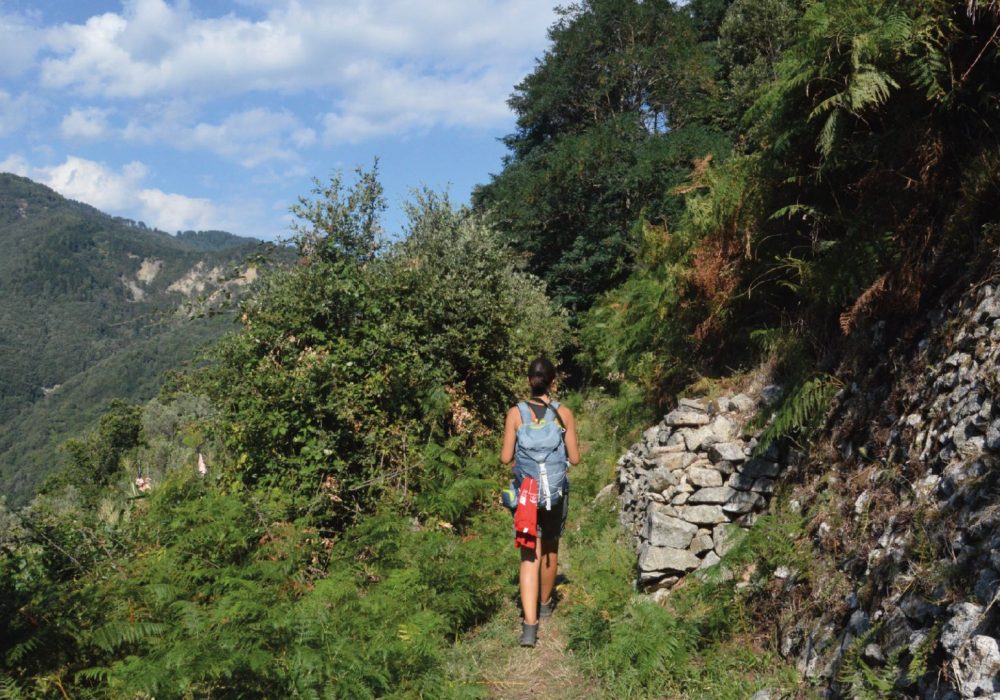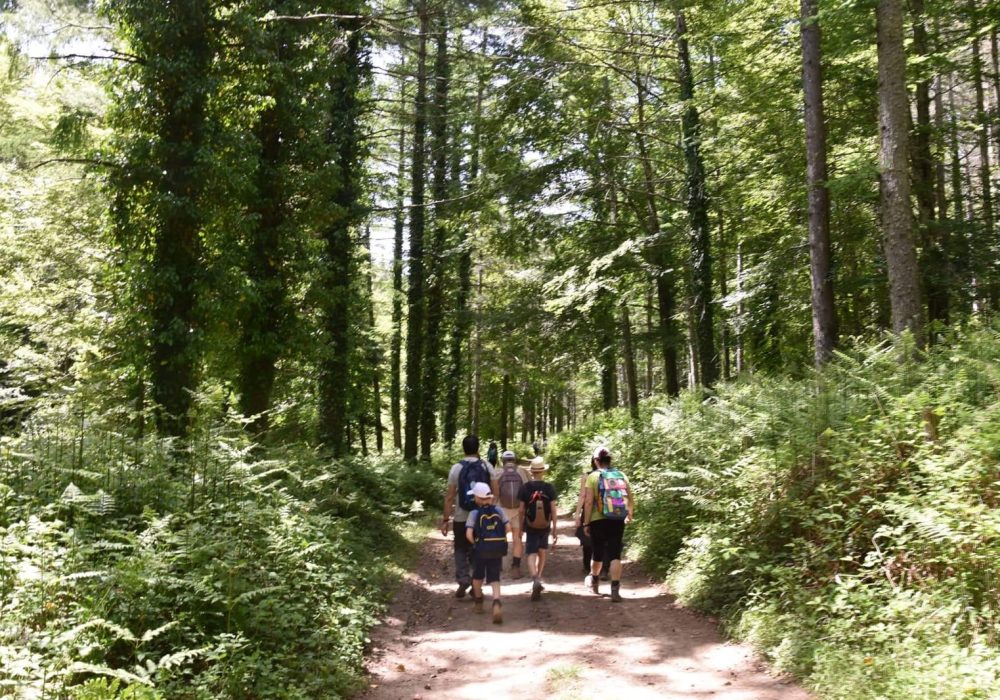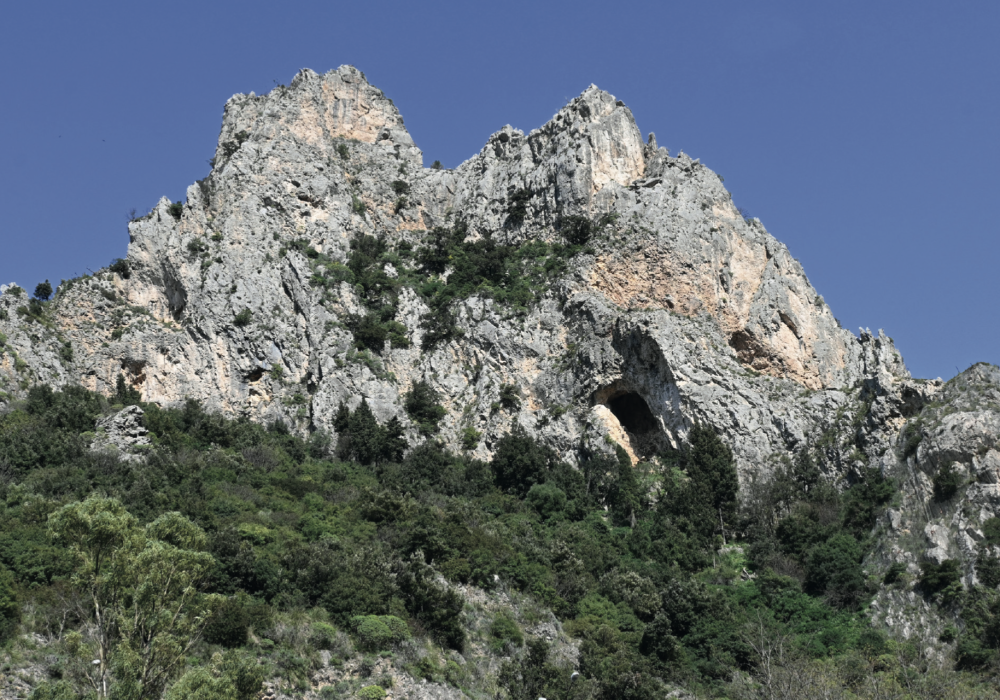San Sostene
San Sostene is only 10 kilometres from the Marina, all of which consist of bends and hairpin bends that make the route particularly long and tiring. The mountain is even closer here with its beautiful contrasts and colours of the valley of the Alaco river, tributary of Lake Lacina, in the heart of the Serre Park. There are, unfortunately, few remnants of its older architectural remains, such as the Norman castle.
The Mother Church, located on a hillock dominating the village, is connected to the square by an impressive granite staircase, together with the elegant portal, built in 1759 by Serre masters. The interior of Santa Maria del Monte is elegantly decorated in late Baroque forms although the proportions appear somewhat syncopated due to the absence of a clerestory. The large central area of the vault was frescoed in 1805 by Giovanni Spadea, a painter from Catanzaro, who depicted the Virgin Mary of the Mount between Saints Rocco and Sostene. It is plausible that the work was painted almost as an ex voto after the 1783 earthquake. On the apse wall, behind the high altar from 1840, there is a painted altarpiece with the Madonna del Monte, St. Sostene and St. John the Baptist, signed by the Borgia painter Francesco Basile in 1787, in a later frame. Several wooden statues are preserved, among which those of the Protectors, St. Rocco and St. Sostene, carved in Naples by master Nicola Del Vecchio and dated 1817, deserve special mention. Both images are the protagonists of the evocative feast celebrated on 16 August: the faithful, very often barefoot, reach the Mother Church where they wear a mozzetta as a sign of penitence and entrustment to the patron saints. They tie to a stick the anthropomorphic wax ex voto depicting the part of the body for which they have asked grace. Together with the object there are often also offerings that are left in the church at the end of the rite. The long procession through the streets of the village begins, whose small but suggestive dimensions require the two statues to be carried on the shoulders. Once they reach the lower part of the village where the road is vehicular, San Sostene and San Rocco are placed on a wagon drawn by a pair of oxen for another, shorter tour but with a strong symbolic value obviously linked to the land and peasant traditions.
